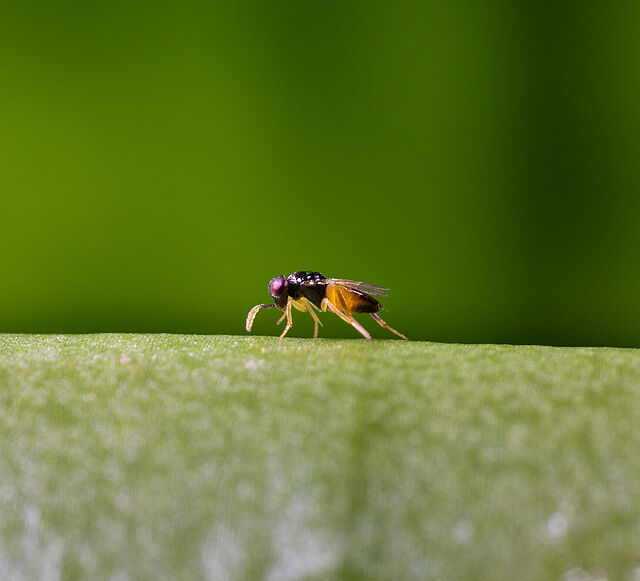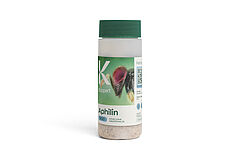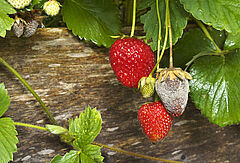
Aphid control with the parasitic wasp Aphelinus abdominalis
Aphelinus abdominalis is a parasitic wasp for the biological control of various aphid species.
The parasitic wasp Aphelinus abdominalis is used for the biological control of the following pests:
- Potato aphid (Macrosiphum euphorbiae)
- Glasshouse potato aphid (Aulacorthum solani)
The natural enemy Aphelinus abdominalis is available at Koppert as Aphilin.
Aphelinus abdominalus products
Best conditions for use of Aphelinus abdominalis
The parasitic wasp Aphelinus abdominalis is effective between 15 and 35°C (59 and 95°F).
How to use Aphelinus abdominalis
The parasitic wasp is available in a bottle (Aphilin).
- Release mummies near infested plants, because Aphelinus abdominalis is not very mobile
- Spread material on rock wool slabs or in application boxes (Dibox)
- Make sure the material remains dry and at its introduction site for a few days
The dosage of Aphilin depends on climate, crop and aphid density and should always be adjusted to the particular situation. Start introduction preventively soon after planting of the crop. Introduction rates typically range from 0.25-4 per m2/release. Releases should be repeated a number of times. Consult a Koppert advisor or a recognized distributor of Koppert products for advice on the best strategy for your situation.
Behaviour of the parasitic wasp Aphelinus abdominalis


Once the female Aphelinus abdominalis detects an aphid, she will examine it briefly with the tips of the antennae. She turns herself around, curls up the wing tips, and will try to pierce the aphid in the abdomen with her long ovipositor. The ovipositor will remain inserted for several minutes for egg deposition. Host feeding plays an important role in reducing pest numbers, with the adult wasp piercing the aphid with her ovipositor, and sucking it empty without laying an egg. The small aphids are used for host feeding while the larger individuals are parasitized. The control of the aphids is due to host feeding and parasitization in roughly equal measure.
Life cycle and appearance of Aphelinus abdominalis
An adult Aphelinus abdominalis is 2.5 to 3 mm in length, with short legs and short antennae. Females have a black thorax and yellow abdomen. Males are slightly smaller and their abdomen is a slightly darker colour. A parasitized aphid hardens to become a leathery, black mummy. The adult wasp appears through an irregularly serrated hole at the posterior end of the mummy, on which the aphid’s antennae and cornicles can still be recognized. The Aphelinus mummy may be distinguished from the mummies of Aphidius species by their less swollen, more elongated form, and their black colour. Adult wasps prefer to walk rather than fly, and will jump if irritated.
















